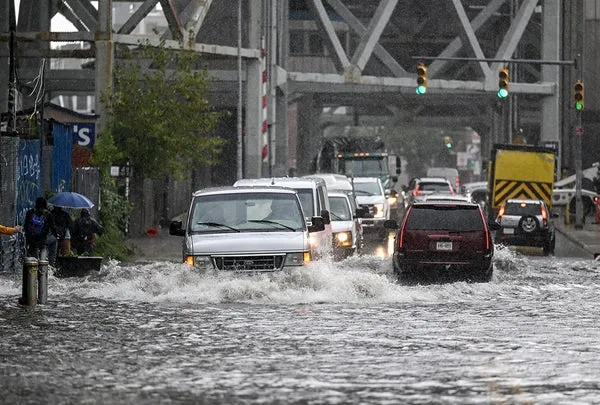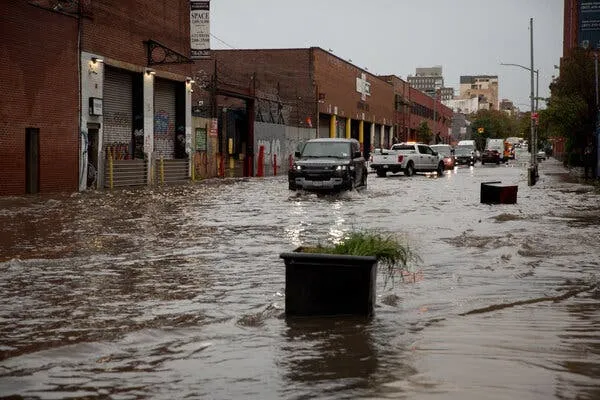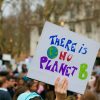A relentless downpour that lasted mere hours transformed parts of New York City into a massive swimming pool, casting a stark reminder of the city’s vulnerability to the devastating effects of climate change. The unprecedented deluge broke records, with John F. Kennedy International Airport measuring 8 inches of rainfall in just a day, a feat not seen since records began. Brooklyn, meanwhile, received a full month’s worth of rain in a mere few hours, leaving residents reeling.
As scientists from Europe released a rapid attribution study, they attributed the extreme weather event to the unmistakable influence of climate change. The study found that storms like the one that ravaged New York City are now 10-20% wetter than they would have been in the previous century, thanks to human-driven climate change. Climate scientists warn that such pounding rainfall is a hallmark of a warming world, with a hotter atmosphere capable of holding more moisture that is then unleashed in torrential downpours.
“Human-driven climate change plays a dual role, both intensifying these storms and warming the atmosphere,” explained Davide Faranda, a scientist at the Institut Pierre-Simon Laplace in France. “Deeper storms yield more intense phenomena, while a warmer atmosphere can accommodate a greater amount of rain.”
Tommaso Alberti, a researcher at Italy’s Istituto Nazionale di Geofisica e Vulcanologia, concurred, stating that the extreme event that hit New York “aligns with climate change projections.” He emphasized the urgent need for climate mitigation and adaptation efforts, as global heating fuels contrasting extremes in rainfall across the United States.

While the arid southwestern United States has faced prolonged drought punctuated by occasional disastrous flooding events, the northeastern region, including New York, has seen a significant increase in heavy rainfall. A federal government analysis found that the amount of precipitation falling in heavy events in the region has increased 55% since the 1950s, largely due to climate change.
Climate scientist Michael Mann, author of a new book on the climate crisis, noted that rapid attribution studies may miss some of the mechanisms that cause extreme weather events, but that the increased threat of flooding is undeniable. “New York is experiencing a very clear increase in these extreme – more than 2in per hour – rainfall events, and that’s clearly tied to a warming atmosphere,” he said.
Such flooding can be deadly, as seen in 2021 when Hurricane Ida caused 11 people to die from flooding that seeped into the basement apartments where many New Yorkers reside. Following the recent deluge, questions have been raised about the preparedness of the city, along with many other major cities, to escalating climate impacts.
As Rohit Aggarwala, commissioner of the New York City department of environmental protection, admitted, “The sad reality is our climate is changing faster than our infrastructure can respond.” Pipes and drains struggled to cope with the flood water, and the leadership of the city and state has faced criticism for responding too slowly to the looming threat posed by climate change.
This crisis underscores the need for creative thinking and greater investment in infrastructure to address the new extremes brought about by a warmed atmosphere. As Daniel Zarrilli, the former chief climate policy adviser to New York City, noted, “This requires not only greater investment but also the creativity to think differently about design for when the capacity of our infrastructure is inevitably exceeded.”

